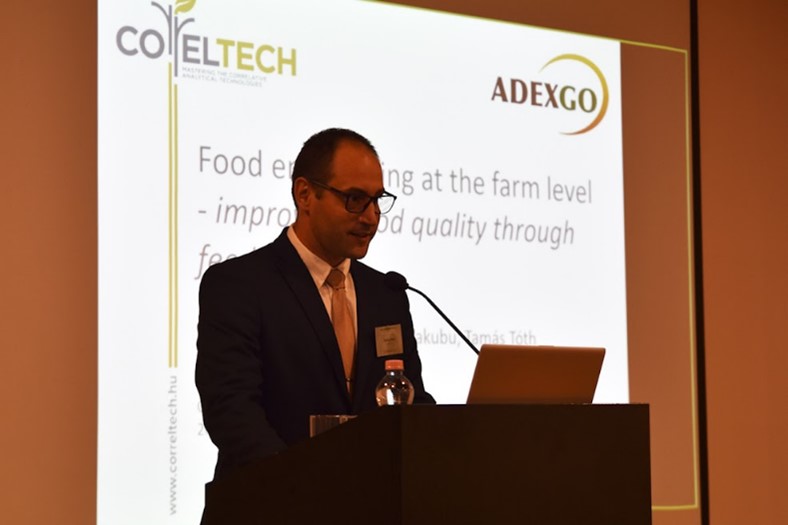
Meeting of agriculture and food industry at the BioSysFoodEng conference
ADEXGO Kft. was represented at the 4th International Conference on Biosystems and Food Engineering held in Budapest on June 4, 2021, where we drew attention to the possibility of producing foods of high added value through feed, summarizing our previous research results. We also appeared in the poster section of the conference as co-authors of another study, which later resulted in a scientific article.
The abstract of the presentation:
Food engineering at the farm level – improving food quality through feeding
Feeding farm animals is the largest cost of animal production. Consequently, the nutrition of animals became highly influenced by the need for improvement of feeding efficiency. Feed conversion to animal product has been maximized by supplying precisely designed feeds to animals bred for large scale intensive production. This practice, on one hand, led to animal products with standardized quality which does not always meet the requirements of demanding customers concerning flavor or nutritional quality. On the other hand, the utterly intensive production led to the physiological deficit of the farm animals causing health risks. In the long run, these effects are challenging to achieving profitable production, and, therefore, have to be compensated adequately. Nowadays, supplementary feeds form an important part of precision animal nutrition.
The reasons for their application include:
- to prevent or cure metabolic disorders of intensively producing farm animals;
- to improve the nutritional quality of foods with added values, leading to functional foods enriched with bioactive compounds, thereby promoting human health.
Both cases may lead to animal products with altered nutritional and organoleptic properties. Thus, the effects of these interventions on the food raw materials have to be monitored and evaluated. This presentation provides a collection of studies where the effect of supplementary feeds on the quality of foods was investigated employing chemical analyses, human sensory panel tests, and artificial flavor fingerprinting technologies. The demonstrated results cover dairy, egg, pork and poultry productions, giving a broad spectrum of the effect of animal nutrition on food quality.

